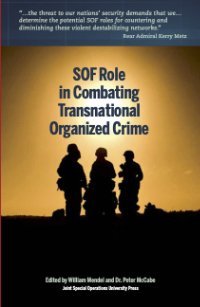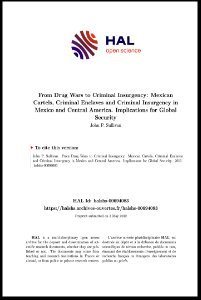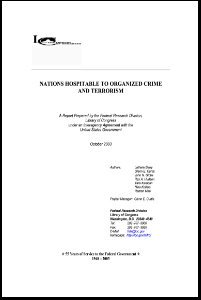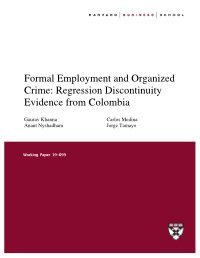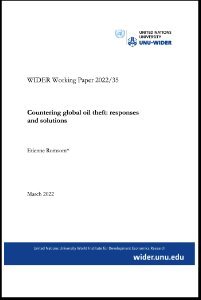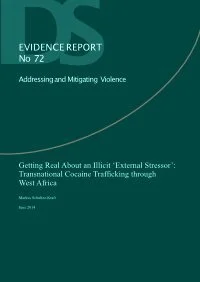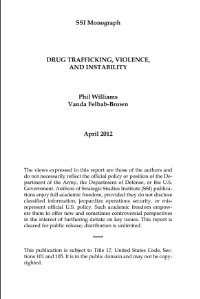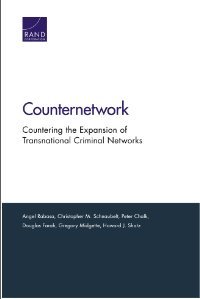Edited by Nellemann, C.; Henriksen, R., Pravettoni, R., Stewart, D., Kotsovou, M., Schlingemann, M.A.J, Shaw, M. and Reitano, T.
Peace, development and security are the most crucial concerns for any country. Yet national and international efforts are increasingly undermined by criminal networks. Indeed, transnational organized crime is infiltrating every corner of society, and continues to diversify its scope of operations. Of particular concern has been the growth and convergence of criminal networks exploiting governance weaknesses during local conflicts and sustaining non-state armed groups and terrorists. This atlas identifies more than 1 000 routes used for smuggling drugs and natural resources as well as human trafficking. The report provides the first consolidated global overview of these illicit flows and their significance in conflicts worldwide. It also forms a foundation for further development of actionable intelligence. The findings reveal that the incomes of non-state armed groups and terrorist groups are diversifying and becomingly increasingly based on organized crime activities, sustaining conflicts worldwide. Illegal exploitation and taxation of gold, oil and other natural resources are overtaking traditional threat finance sectors such as kidnapping for ransom and drug trafficking. At the same time these non-state armed groups only take a fraction, around 4 per cent, of all illicit finance flows by organized crime in or near conflicts. The implication is that combating organized crime must be considered a significant factor in conflict prevention and resolution. This report provides a new impetus for our continued efforts to stem these illicit flows and combat the threat posed by transnational organized crime in terms of peace, development and security
Geneva: Global Initiative Against Transnational Organized Crime, 2018. 152p.







